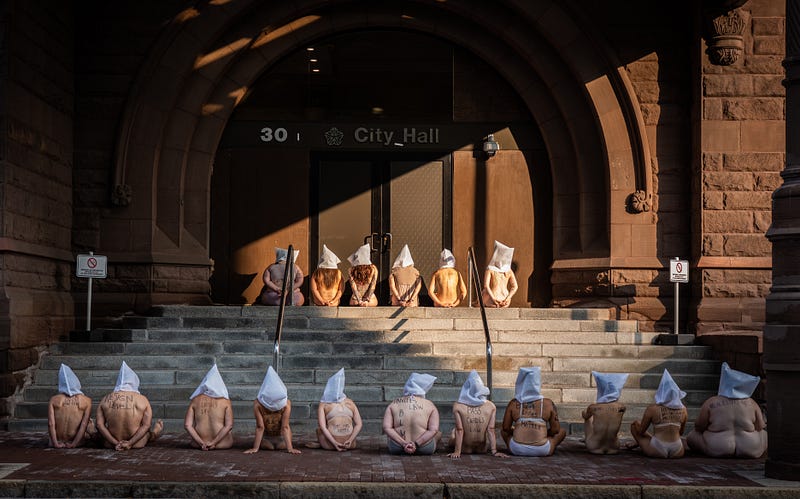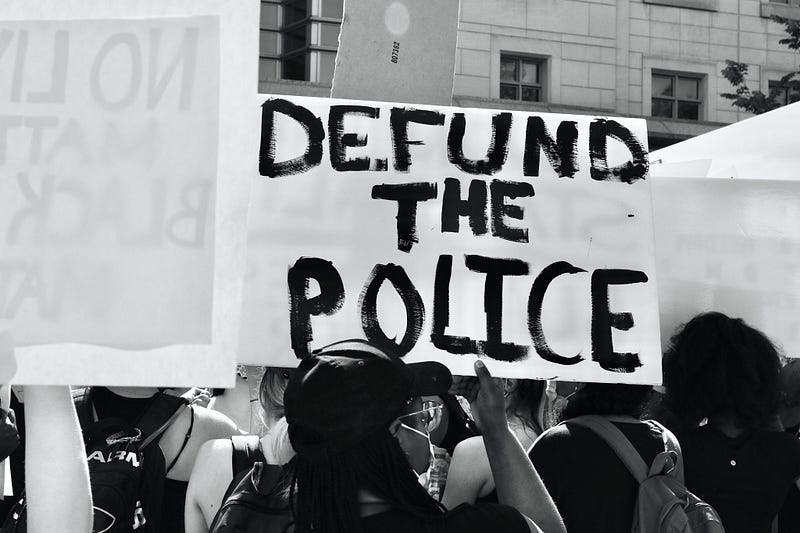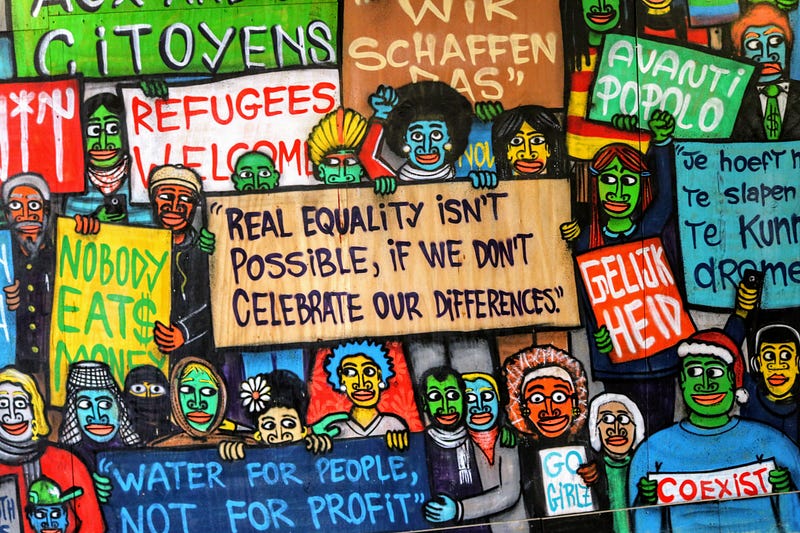
The Need for an Intersectional Approach to the Defund the Police Movement
Daniel Prude’s brother called police to help Daniel during a mental health crisis. The officers who responded, trained to quell and respond to violence from neurotypical people, hooded Daniel and kneeled on his back until he lost consciousness. A week later, he died.
This is yet another unnecessary death of a person with a psychiatric, developmental, or intellectual disability from a police interaction. It is also another death of a person of color in a moment of nationwide protests against racialized police killings. With up to half of violent police interactions involving people with mental health disabilities and vast disparities in fatalities of people of color, we can no longer ignore the intersection of these disabilities and race.
Part of the current conversation about police violence has brought to light efforts to defund the police. And these conversations are making a difference; the Rochester police department fired top officials and is considering other important changes. The defund the police movement urges shifting some, most, or even all of the $100 billion spent on police forces every year to community-based resources for citizens. Mental health care is one resource those in the defund police movement frequently note as in need of this funding.

There are also calls to change the way police are trained. Recently released internal documents from the investigation by the Rochester police of the Daniel Prude case concluded that “The officers’ actions and conduct displayed when dealing with Prude appear to be appropriate and consistent with their training.” The problem is that this is likely true. Officers are trained to respond in certain ways that often conflict with de-escalation tactics. We definitely need to address and improve this training and stop sending police on calls they are not prepared to handle.
Fortunately, there are models already in place to do so, which align with calls from the defund the police movement to create non-armed response teams to respond to emergency mental health crises. There has been success with these police alternatives, such as the CAHOOTS program in Oregon, which sends a medic and trained crisis worker to mental health calls and has inspired similar programs in Denver, Portland, and Oakland.
Daniel, and many others like him, died because he was Black and disabled and police perceived that combination of identities as a threat.
Programs like these do alleviate some of the negative outcomes from police responses to calls that they are simply not trained to respond to, and for which, quite frankly, they should never have been responsible. However, these programs only address part of the problem of race and disability in our justice system and throughout our society.
As Dr. Sinead Younge from Morehouse College and I have found from interviews conducted last year, Black men with psychiatric, intellectual, and/or developmental disabilities who are also unhomed experience significant disparities in the justice system. These disparities begin early and are embedded throughout the system. Our interviewees frequently explained how the school system failed them by not addressing their disabilities properly, leaving them without the skills needed to competently navigate the criminal justice system. These men reported not being able to read forms, understand judges, or follow orders from officers and, consequently, are incarcerated, arrested, abused, or bullied in the system.
For example, one informant told us: “I was in jail one time because when I didn’t understand the questions the judge was asking me, and she sentenced me to three months in [county jail] because I didn’t understand.” He asked her for clarification but, “she still sentenced me. She said, ‘I don’t have time for this. You’re going to [the county] jail.’ Three months. And that was just for disorderly conduct.”
A lack of understanding of how disability and race—and the presence of other disenfranchised identities—impacts one’s experiences is the foundation of disparities in the carceral system. Our society was built without a consideration of intersectionality and the ways our social identities (i.e. race, class, disability, gender, sexuality) shape our experience and so it is destined to perpetuate harm for some, and reward others.
For instance, a failure to properly address a student’s disabilities can lead to academic failures that compel students to skip school or drop out early. Leaving school early is a risk factor for arrest and incarceration. And given that Black students are more likely to be in special education than their peers, they are more likely to experience academic frustrations. Further, responses to student misbehavior increasingly mirror those of the justice system, such as the presence of officers at the school, metal detectors, and an increase use of suspensions and expulsions, all of which disproportionately target both Black students and students with intellectual and learning disabilities.
The conflation between Blackness and disability with criminality does not end in schools. This discrimination follows people into our housing system, wherein having a criminal record can get you kicked out of government housing. It follows people into our healthcare system, wherein Black patients, particularly women, and people with disabilities are repeatedly assumed to be lying about their pain and symptoms or unable to properly assess their own illness experiences. And difficulties with housing and health care can increase one’s risk of coming into contact with the criminal justice system. Without attending to how our intersecting identities can lead to protection or risk in all of these systems, efforts to improve one is destined to fail.
Programs like CAHOOTS most often do, and must, take intersecting identities into consideration in training their professionals and responding to calls. This approach must be integrated throughout our justice system, including our police who, even with these programs, will interact with people with disabilities. But we also need to integrate intersectional appreciation in all our social systems, including our education, employment, housing, and even transportation systems, as a way to reduce the likelihood of police interactions. Shifting funding from police will help, but without thoughtful, intentional, intersectional approaches, inherent ableism, racism, sexism, homophobia, transphobia, and classism will undermine these efforts.

Daniel, and many others like him, died because he was Black and disabled and police perceived that combination of identities as a threat. His death is another in a long line Black men and women who died resisting threatening authority figures. He died, like many disabled people before him, at the hands of people whose racism and ableism did not allow them to grant him his full humanity.
But he didn’t have to die. And the men we interviewed didn’t have to get caught up in a system that targets their race and fails to understand their disability. So yes, defunding the police and setting up mental health resources is critical. But so is imbedding an appreciation of multiple intersecting identities throughout our social systems because these systems are also intersecting and interlocking.